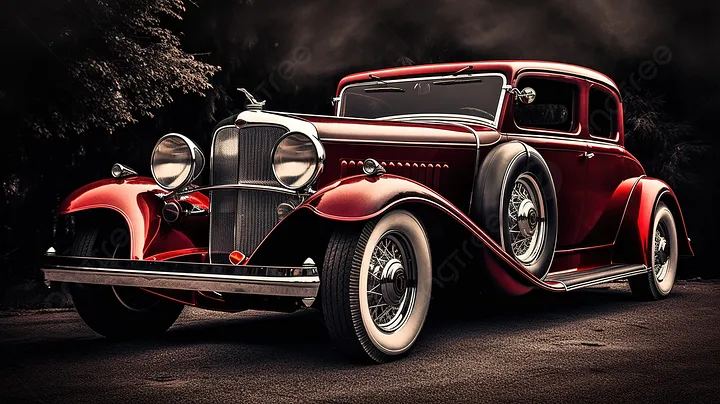Why choose of Vintage Cars
In essence, choosing a vintage car is about embracing a piece of history, celebrating the craftsmanship and engineering of a bygone era, and enjoying the unique driving experience it offers.

Choosing a vintage car is often about more than just owning a vehicle—it’s a passion rooted in history, craftsmanship, and unique character. Here are some key reasons why people are drawn to vintage cars:
1. Timeless Aesthetic and Design
- Vintage cars are known for their iconic designs, from elegant curves to bold, chrome finishes, and distinct body styles. Unlike many modern cars, which can look similar, vintage models offer a variety of shapes, colors, and intricate details.
- Classic styling, such as the exposed engine parts and intricate interiors, brings a sense of artistry to the driving experience.
2. Engineering Simplicity and Quality Craftsmanship
- Many vintage cars were built by hand, resulting in high-quality craftsmanship and attention to detail. Components are often simple, mechanical systems, which allow enthusiasts to tinker and perform their own maintenance.
- Vintage cars are often built with solid materials like steel and brass, which can last for decades with proper care.
3. Nostalgia and Connection to History
- Owning a vintage car allows drivers to connect with automotive history and experience what it was like to drive in a different era. This connection to history appeals to many who appreciate the evolution of cars and want to experience it firsthand.
- Vintage cars represent different cultural and technological milestones, making them appealing for those who want to own a piece of the past.
4. Investment Value
- Vintage cars can be a solid investment, often appreciating in value over time, especially for rare or highly sought-after models. Collectors see certain models as investments that hold their value well or even increase in worth as they become rarer.
- Limited-edition vintage cars, as well as models with unique features or historical significance, are particularly likely to grow in value.
5. Driving Experience and Enjoyment
- Many enthusiasts describe driving a vintage car as an entirely different experience from driving modern cars. The lack of digital technology, combined with manual controls, creates a more “hands-on” feel, and a sense of nostalgia.
- Driving a vintage car often means going at a slower, more leisurely pace, which some find relaxing and more enjoyable than high-speed, modern driving.
6. Unique Community and Culture
- The vintage car community is passionate and supportive, with regular car shows, rallies, and clubs for like-minded individuals. Joining this community can lead to strong friendships and a deep sense of camaraderie.
- Restoring, maintaining, and showcasing vintage cars can be a rewarding hobby, especially with the support and shared knowledge of fellow enthusiasts.
7. Customization and Restoration Opportunities
- Restoring a vintage car allows for customization and brings a sense of satisfaction, especially if parts have been carefully sourced or custom-made.
- Some vintage car owners enjoy the process of bringing an old vehicle back to life, often resulting in a unique car that reflects personal tastes and efforts.
8. Environmental Sustainability through Conservation
- Although vintage cars may not be as fuel-efficient as modern cars, owning and maintaining one reduces the environmental impact associated with manufacturing a new vehicle. Conservation-minded enthusiasts argue that keeping these cars on the road is a form of recycling.
In essence, choosing a vintage car is about embracing a piece of history, celebrating the craftsmanship and engineering of a bygone era, and enjoying the unique driving experience it offers.
Do you have an advertisement or article you want to publish? Mail us at theugreports@gmail.com or WhatsApp +256394700683.






